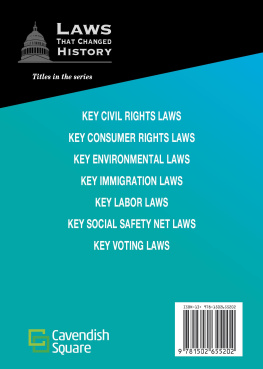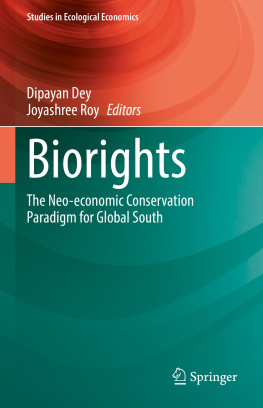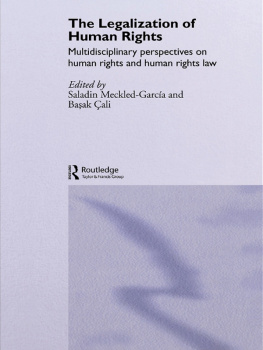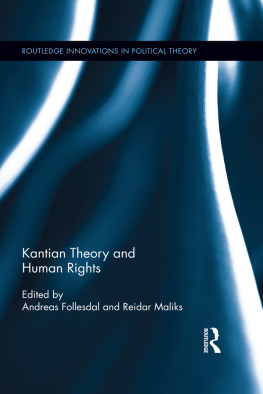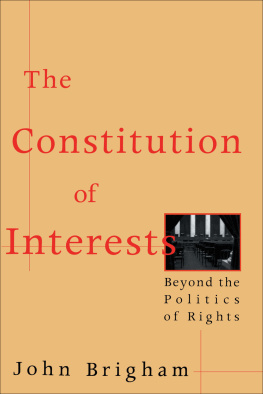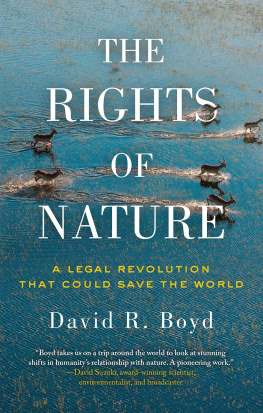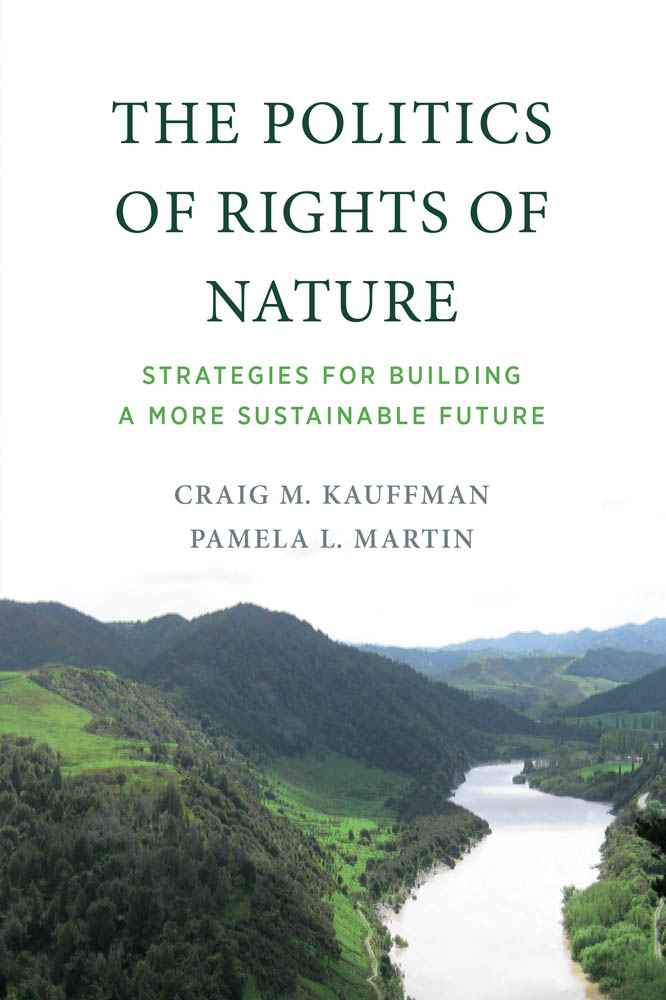Craig M. Kauffman - The Politics of Rights of Nature: Strategies for Building a More Sustainable Future
Here you can read online Craig M. Kauffman - The Politics of Rights of Nature: Strategies for Building a More Sustainable Future full text of the book (entire story) in english for free. Download pdf and epub, get meaning, cover and reviews about this ebook. year: 2021, publisher: MIT Press, genre: Politics. Description of the work, (preface) as well as reviews are available. Best literature library LitArk.com created for fans of good reading and offers a wide selection of genres:
Romance novel
Science fiction
Adventure
Detective
Science
History
Home and family
Prose
Art
Politics
Computer
Non-fiction
Religion
Business
Children
Humor
Choose a favorite category and find really read worthwhile books. Enjoy immersion in the world of imagination, feel the emotions of the characters or learn something new for yourself, make an fascinating discovery.

- Book:The Politics of Rights of Nature: Strategies for Building a More Sustainable Future
- Author:
- Publisher:MIT Press
- Genre:
- Year:2021
- Rating:5 / 5
- Favourites:Add to favourites
- Your mark:
The Politics of Rights of Nature: Strategies for Building a More Sustainable Future: summary, description and annotation
We offer to read an annotation, description, summary or preface (depends on what the author of the book "The Politics of Rights of Nature: Strategies for Building a More Sustainable Future" wrote himself). If you haven't found the necessary information about the book — write in the comments, we will try to find it.
With the window of opportunity to take meaningful action on climate change and mass extinction closing, a growing number of communities, organizations, and governments around the world are calling for Rights of Nature (RoN) to be legally recognized. RoN advocates are creating new laws that recognize natural ecosystems as subjects with inherent rights, and appealing to courts to protect those rights. Going beyond theory and philosophy, in this book Craig Kauffman and Pamela Martin analyze the politics behind the creation and implementation of these laws, as well as the effects of the laws on the politics of sustainable development.
Kauffman and Martin tell how community activists, lawyers, judges, scientists, government leaders, and ordinary citizens have formed a global movement to advance RoN as a solution to the environmental crises facing the planet. They compare successful and failed attempts to implement RoN at various levels of government in six countriesBolivia, Colombia, Ecuador, India, New Zealand, and the United Statesasking why these laws emerged and proliferated in the mid-2000s, why they construct RoN differently, and why some efforts at implementation are more successful than others. As they analyze efforts to use RoN as a tool for constructing more ecocentric sustainable development, capable of achieving the 2030 Agenda for Sustainable Development goal of living in harmony with Nature, Kauffman and Martin show how RoN jurisprudence evolves through experimentation and reshapes the debates surrounding sustainable development.
Craig M. Kauffman: author's other books
Who wrote The Politics of Rights of Nature: Strategies for Building a More Sustainable Future? Find out the surname, the name of the author of the book and a list of all author's works by series.

